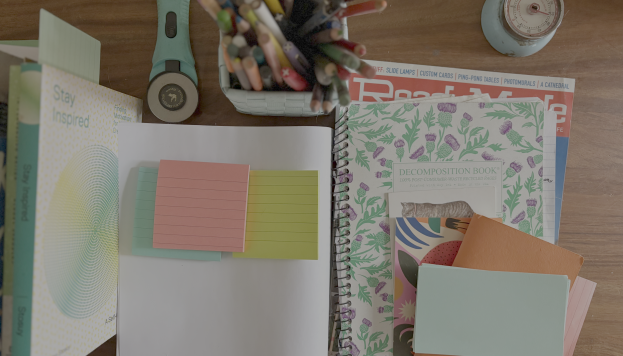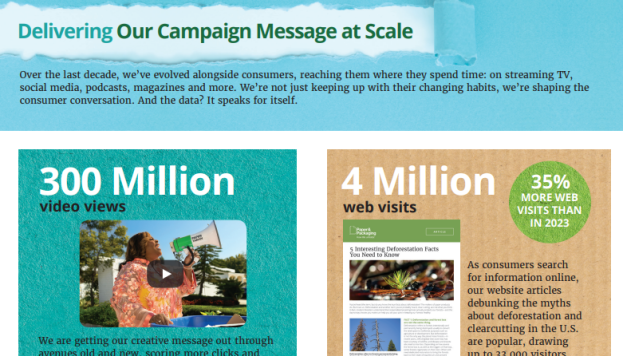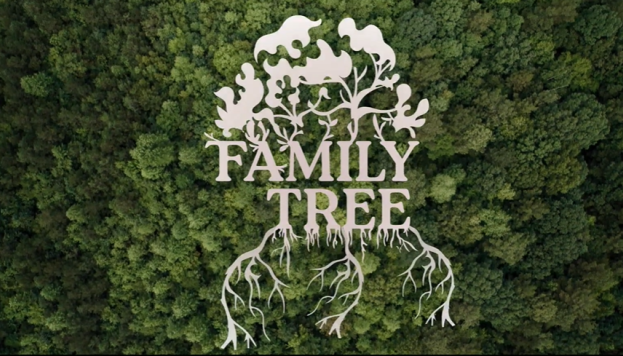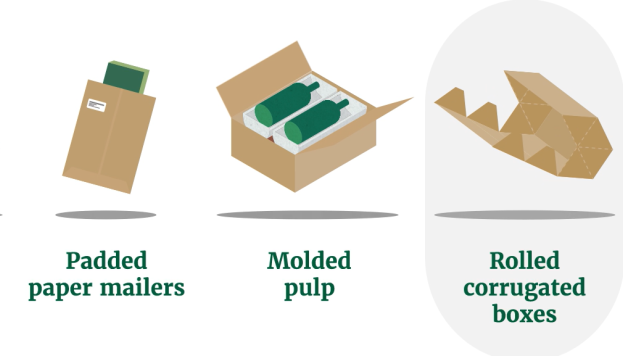The Revenge of Print Part II: Paper Is Premium
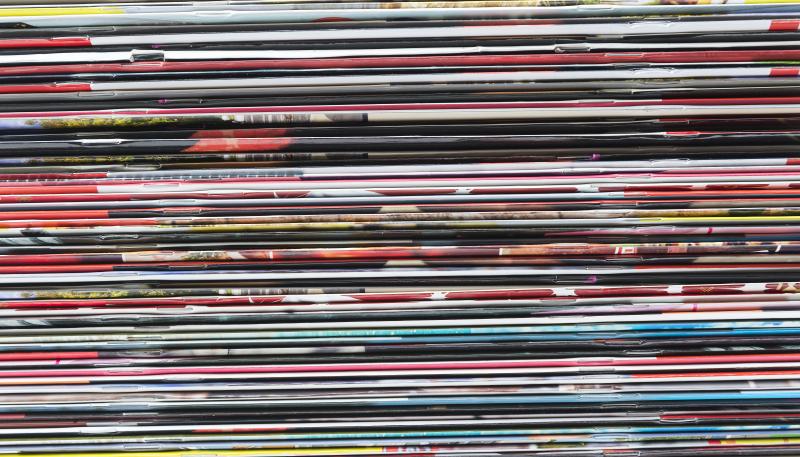
We’ve written in the past about the “revenge” of print, part of a broader trend that has been called “the revenge of analog.” What’s driving the phenomenon is the sense that digital has advanced so far and so fast into every corner of our experience that only now are we starting to really take a step back and think critically about where it actually makes sense versus where analog technologies, like paper, remain superior.
In our corner of the world we know, for instance, that when it comes to comprehension and learning, paper—tactile, physical, millennia-old paper—is still king.
Some brands who experimented with a digital-only strategy have now come back to print. The list of those reintroducing print catalogs is increasing ranging from Dollar General and Neiman Marcus to Amazon and Ikea.
The reasons for prints return are many. The most obvious is simple consumer demand. J. Crew found that rather than a bare-bones e-commerce interface, customers are responding to the premium, editorial quality of their catalogs, which include in-depth features, interviews and celebrity photo shoots that make it feel more like a fashion magazine than a circular.
Tangibility is still high on the list, too, an appeal that is even stronger for brands without brick-and-mortar presences. As a recent Harvard Business Review item put it, “For e-commerce retailers without physical stores, catalogs can effectively mimic stores’ sensory experiences to enhance customer affinity.”
By contrast, print is a medium where advertising can be much more intentional, weaved into lifestyle orientations that brands know their customers share, and made a more welcome and seamless communication experience.
Sometimes print isn’t just the best way to tell your customers about the product, it is the product.
In October, the New York Times had a piece about ByteDance, TikTok’s parent company, moving into the world of book publishing. The conglomerate started with digital titles but is now planning on adding 10-15 titles a year in physical editions.
More interesting still is that the move to physical books is pitched specifically at Gen Z. Even as recently as a few years ago it would have seemed laughable to some to think that “Zoomers” were going to be a growth opportunity for paper and print. But it turns out they want to read their books in three dimensions to underline, dog ear and throw into a backpack.
Also noteworthy is the detail in the Time's piece that ByteDance is building its publishing strategy “backwards,” looking first at what kinds of books TikTok users are discussing on “BookTok” (hint: it’s romance, fantasy, and young adult) and then acquiring in those spaces.
This is another example of how digital and analog can work together for companies: digital helping you find where your customers are and analogue delivering them what they want.
Shop at Costco? I do, so I read with great interest a recent New York Times piece about the success of its magazine, the Costco Connection that has a monthly print circulation of a staggering 15.4 million, with another 300,000 going out at stands in Costco warehouses. This makes the magazine the third most widely circulated print publication in the country.
The Costco Connection is also a premium product, being sent only to “executive” members who pay double the normal yearly membership fee of $65.
What strikes me about so many of these anecdotes is the idea that a paper product is being offered as a “premium” experience on top of a more basic digital experience
It’s good news for the future of the category that we are seeing companies motivated by both the inherent usefulness of paper (in print catalogs that help Amazon shoppers pick out toys for the holidays, for instance) and motivated by consumers’ widespread belief that a print experience is more premium, desirable and memorable than a digital-only experience.
Print is never going to unmake the digital world and we shouldn’t want it to. But the best version of the future is one in which consumers—and people generally—have thoughtful paper options where they make sense, do good and provide benefits.
